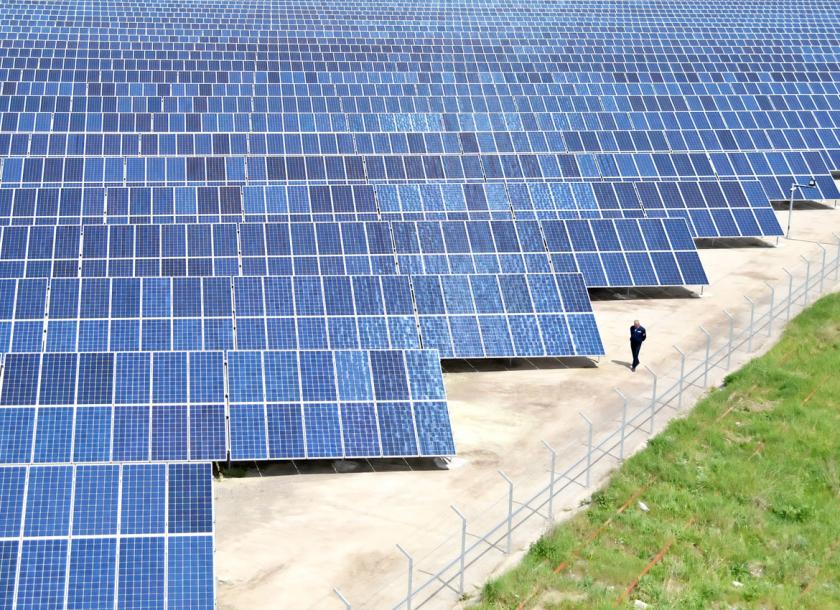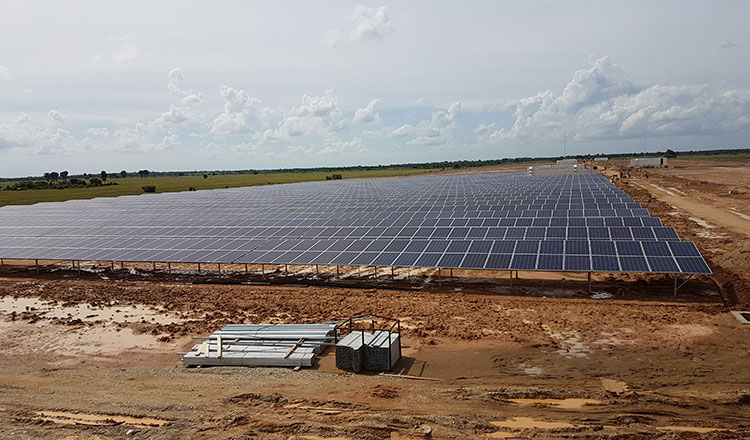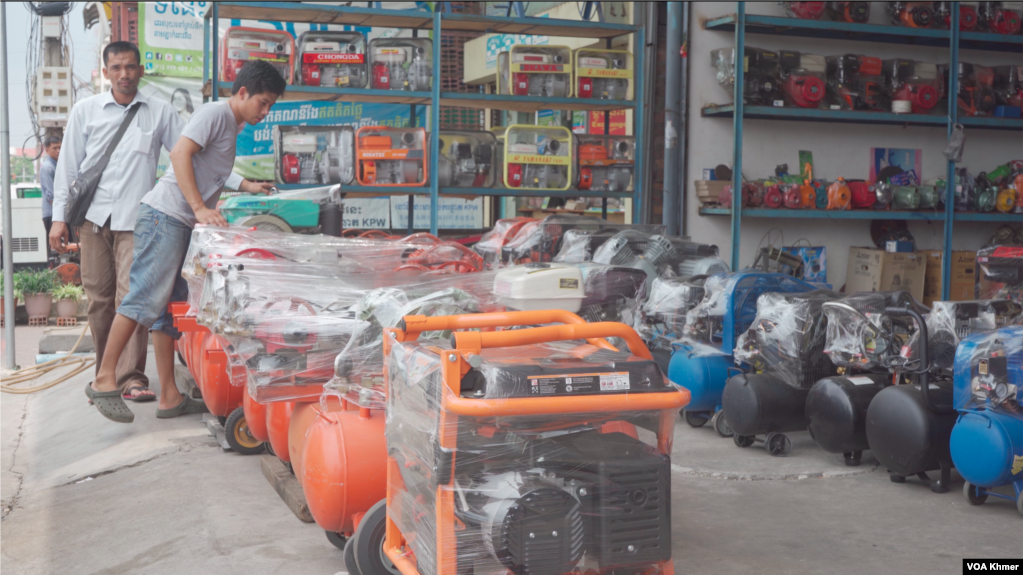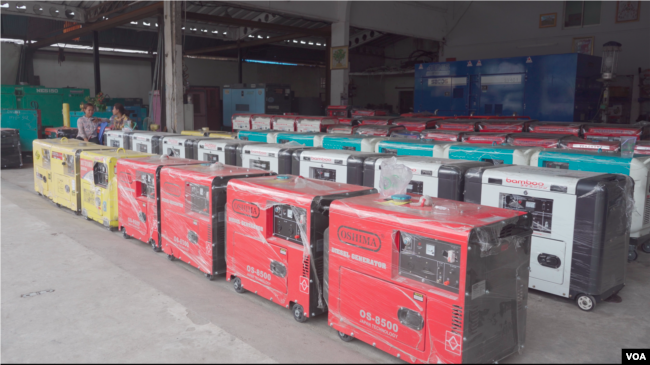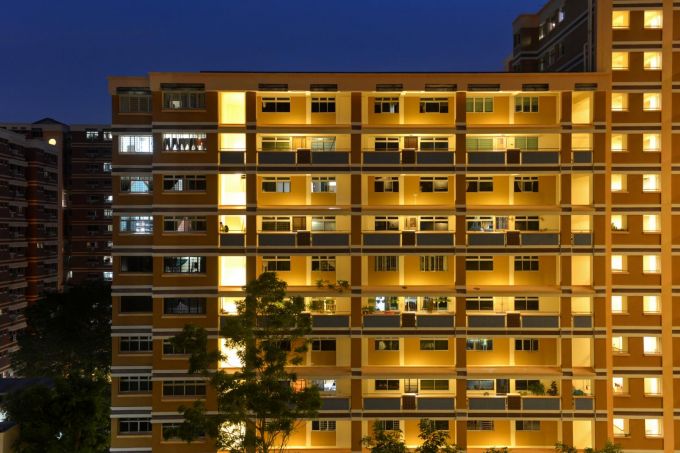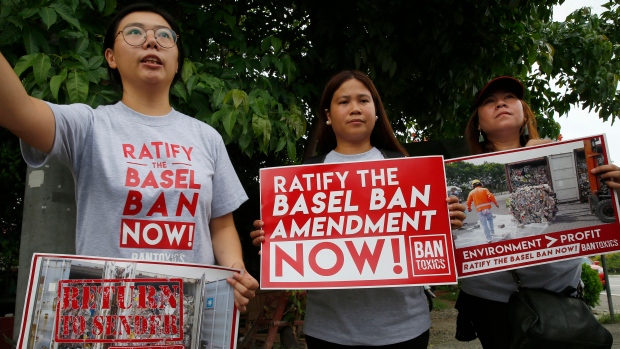- Electricity/Power Grid
–
- Myanmar
MANDALAY—Over 1,300 villages in rural areas of five regions will get access to electricity through solar power in fiscal 2019-20 as part of the National Electrification Project (NEP), according to the Ministry of Electricity and Energy.
The ministry will team up with the Rural Development Department overseen by the Ministry of Agriculture, Livestock and Irrigation to supply solar power, according to the deputy permanent secretary of the Electricity and Energy Ministry, U Htay Aung.
He said fees collected from villagers will cover 20 percent of the cost, with the government financing the rest from the proceeds of solar-power generation.
The 1,300 targeted villages are located in Mandalay, Magwe, Bago, Irrawaddy and Tanintharyi regions. All are more than 10 miles from the national grid and unlikely to be connected in the next 10 years, U Htay Aung said.
The NEP, which is being implemented with support from the World Bank as of 2016-17, aims to provide access to electricity to all households in Myanmar by 2030.
With a loan of US$400 million (612.76 billion kyats) from the World Bank, the project targets supplying electricity to nearly 700,000 households in over 8,000 villages by 2021.
“We have taken concessional loans from the ADB [Asian Development Bank], JICA [Japan International Cooperation Agency], KfW [German Development Bank] and World Bank,” U Htay Aung said.
Under the NEP, the Ministry of Electricity and Energy is implementing an extension of the power grid, while the Rural Development Department is implementing off-grid electrification.
The ministry will spend US$310 million on the grid extension; the Rural Development Department will spend US$90 million on off-grid electrification.
Annual electricity consumption has increased by 15 to 19 percent in Myanmar since 2017. The ministry plans to produce an additional 2,752 megawatts by fiscal 2020-21, short of the additional 4,530 megawatts expected to needed by then.
The first phase of the NEP aims to provide electricity access to over 620,000 households in some 5,000 villages within a 2-mile radius of the national grid across the country. It is scheduled to complete this work in June next year.
In the second phase of the project, which is scheduled for completion in September 2021, electricity will be supplied to villages within a 5-mile radius of the grid.
Hydropower remains the main source of electricity in Myanmar, accounting for more than two-thirds of total production, while thermal power plants produce the rest. Currently, only 41.82 percent of households across the country are connected to the national grid, according to the Ministry of Electricity and Energy.



